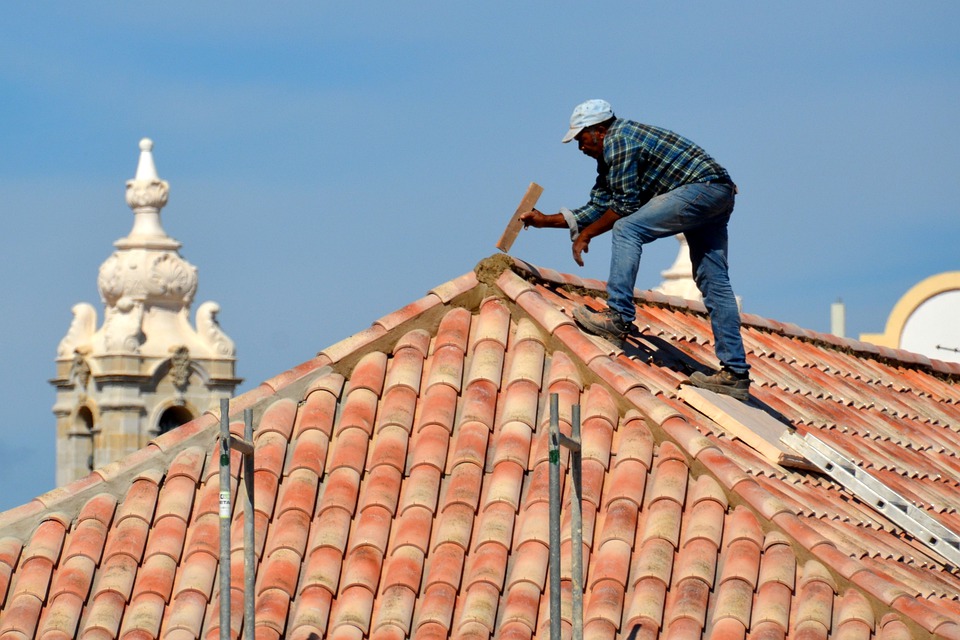Some homeowners prefer the DIY approach for most home improvement projects, such as roofing, especially if they have the necessary knowledge and experience. Considering how costly professional roofing can be, doing it yourself can help save money.
DIY roofing enables you to work on your own timelines while working when convenient. Accomplishing such tasks gives you a feeling of satisfaction, plus the learning experience you get is enjoyable. Here are five DIY roofing tips for homeowners.
1. Get the necessary permits
Before roofing a house, homeowners should familiarize themselves with the relevant laws and regulations. Municipalities and localities vary in their requirements, so it’s essential to understand what’s needed for your roofing project to meet them. Some local authorities have building permits for significant roofing projects, like replacing all shingles, structural roof work, and more, but not minor repairs.
These permits enable municipalities to ensure that the roofing work adheres to the local building codes. You’ll have to apply for the building permit if you’re doing all the roofing work yourself.
2. Get the correct roof dimensions
Getting the correct roof dimensions is crucial, especially when purchasing roofing materials. Failure to measure your roof’s square footage may lead to buying excess or fewer shingles than needed for your project. The correct dimension estimation saves you a lot of headaches down the line.
3. Gather the tools and materials you need
While you may not have all the materials and tools you need for a roofing project stored in your garage, specific tasks can’t be done until you have the minimum list of materials and tools required for a DIY roofing job.
Roofing nailer, circular saw, caulk and caulking gun, extension ladder, staple gun, utility knife, and work gloves are some of the tools you can get. You can also get asphalt shingles, roofing nails, flashing, felt underlayment, sealant, staples, self-adhesive underlayment, and other materials in readiness for your roofing project.
4. Rip off the old roof and make the necessary repairs
Consider renting a dumpster to put debris and other roofing items in when tearing off your old roof. Use the right tools when removing your roof to avoid risking damage that would need repair before installing a new roof. For old or damaged shingles, you can lift and tear them off or use a shovel or pry bar to lift and loosen the edges.
Consider buying or renting a shingle remover or shovel for maximum efficiency during the shingle removal process. After ripping off the shingles, your roof deck will be exposed. Get inspected for cracks, stains, and other damage to ensure a solid foundation crucial for your roofing system’s integrity.
5. Stay safe
Safety is a crucial house roofing concern you shouldn’t ignore. It’s easy to fall off your roof if you aren’t careful. Based on your roof’s age, you can be exposed to asbestos fibers, posing severe health risks, such as lung cancer, respiratory issues, dizziness, nausea, and other consequences. If the roofing work isn’t done correctly, your roof could also collapse, endangering the house occupants. Consider observing the necessary DIY safety measures to reduce severe roofing risks.
Endnote
DIY roofing is an excellent way to save money. Use these tips the next time you DIY a roofing project.








